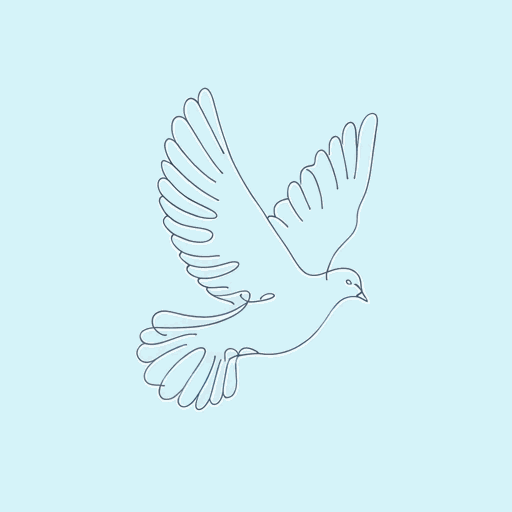63 pages • 2 hours read
Barbara F. WalterHow Civil Wars Start: And How to Stop Them
Nonfiction | Book | Adult | Published in 2022A modern alternative to SparkNotes and CliffsNotes, SuperSummary offers high-quality Study Guides with detailed chapter summaries and analysis of major themes, characters, and more.
Chapter 2Chapter Summaries & Analyses
Chapter 2 Summary: “The Rise of Factions”
Content Warning: The source text depicts acts of violence and other crimes associated with civil wars.
Walter discusses the funeral of Josip Tito, the former president of Yugoslavia. Tito is best known for ruling Yugoslavia, “which was a daunting cultural landscape, an amalgam of eight peoples, five languages, and three religions” (29), with an iron fist. To consolidate his power and maintain Communist party rule, Tito decided to divide Yugoslavia into six republics post-World War II: Croatia, Bosnia and Herzegovina, Macedonia, Montenegro, Slovenia, and Serbia. Serbia also included two autonomous provinces: Kosovo and Vojvodina.
To do this, however, he needed to weaken the political power of the Serbs, the largest ethnic group in the federated country. He dispersed this group throughout five of the republics, excluding Slovenia. At the national level, Tito gave the Serbs more political power compared to the other ethnic groups. Tito firmly believed in “brotherhood and unity” (30), crushing displays of religious and ethnic identities. Instead, he wanted Yugoslavs to coalesce around communism.
Tensions between different religious and ethnic identities broke out immediately after Tito’s death. Slobodan Milošević, a Communist party leader in Serbia, took advantage of the increasing divisions among Yugoslavs.

